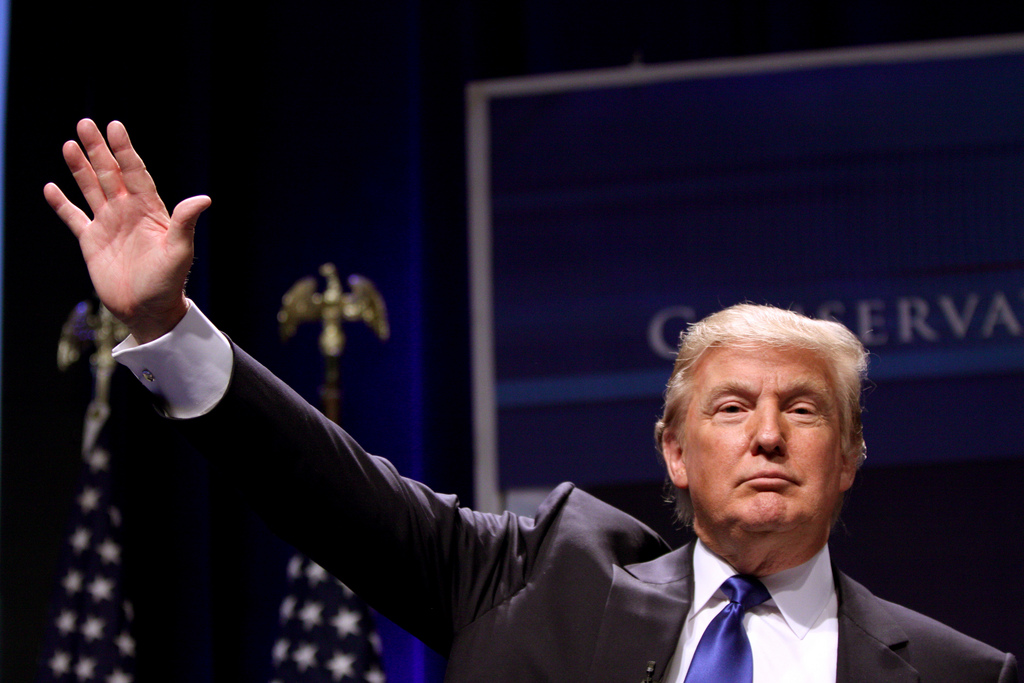Ruth Graham’s latest in Slate is, to the surprise of no one who reads her regularly, a well-done, interesting take on the future of American Christianity. You should read the whole thing, but the excerpts below gets at the key idea well enough:
Login to read more
Sign in or create a free account to access Subscriber-only content.
